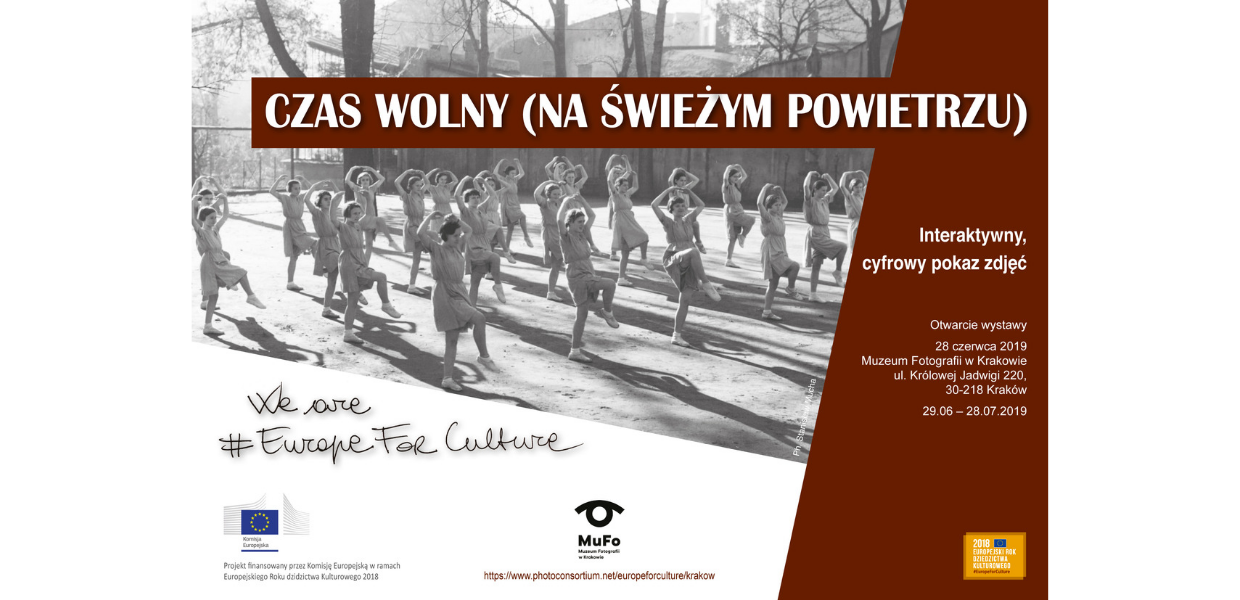On the road
So far, workshops and exhibitions have taken place in Amsterdam, Budapest, Sofia, Hameenlinna, Krakow and Pisa. Throughout the series, we’ve encountered a wide variety of communities – from university students and high-school classes to children with a hearing impairment, to senior citizens and former prisoners. They have collected and transformed a broad range of stories including 1989 in Budapest, the Cyrillic alphabet, life in prison, memories of the Arno river and leisurely outdoor activities. Both our team and our workshop attendees were amazed by the energy and opportunities generated by the co-creative process. The technological tools and personal contacts foster discussion and creativity, and allow for an almost immediate conversion from idea into visual, from visual into audio narrative, and from all that into ready-to-use exhibition. This experience demonstrates the potential and importance of storytelling in the field of cultural heritage. The key to a successful implementation is, in our view, a multi-layered and multi-focal concept, in which digital meets physical, history meets reality, curator meets user, and information meets emotion.
Casus Pisa
Emotion was an important driver in the selection of exhibition themes by our local partners. In each case, we aimed at appealing to the targeted communities by choosing topics to which they could easily and immediately relate. In the case of the Pisa exhibition, created by Photoconsortium, the theme was the river Arno as a life companion to Pisa citizens over the centuries: from regattas to floods, to bathing and fishing, to the yearly celebration of local saint San Ranieri and the ‘Gioco del Ponte’ - a traditional game recalling ancient military simulations, played by participants dressed in 16th century Spanish costumes. Unfortunately, in recent decades the river has become severely polluted; today bathing, swimming and fishing aren’t recommended, but traditional festivities continue to be held along the river and its bridges. For the WeAre#EuropeForCulture effort, we wanted to involve senior citizens who have experienced the river in full, and create interaction with younger generations so as to let them exchange views and stories.
To that end, a crowdsourcing campaign geared toward senior Pisa citizens took place in April and May, to collect photographs, stories and objects about the Arno. This was conducted on a one-to-one basis, meeting each person at home for interviews and collection of memorabilia. Through these encounters and the materials received, we identified a series of recurring topics that formed the foundations of the exhibition chapters. Then a co-creation session on 31 May brought together the senior contributors with teenagers, to explore how the river was experienced in the past and how the current generation relates to local traditions. In addition, collaboration was established with local associations (the Rowing Society, the Photoclub, and the photo archive of a local press photographer), collectors of vintage photographs and local history buffs, who were also invited to the joint co-creation session. It was a happy and creative meeting. We shared a preliminary selection of the collected images and proposed the exhibition chapters. The feedback was overwhelming, because everybody wanted to share their thoughts and memories, each comment generating others. Some of the senior participants already knew each other, while others discovered distant kinships or common friends. And the youngsters were captivated by the sometimes bizarre and passionate stories from the time of their grandparents.
The co-creation session allowed us to finalise the exhibition setup. Family photos were digitised and combined with archival material available on Europeana Collections. In the course of the selection process the material was reorganised into three features: an interactive exhibition; a showreel of heritage photographs; and a physical display of printed photographs and heritage objects.






